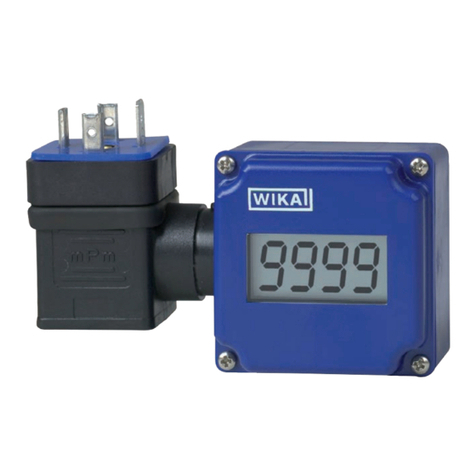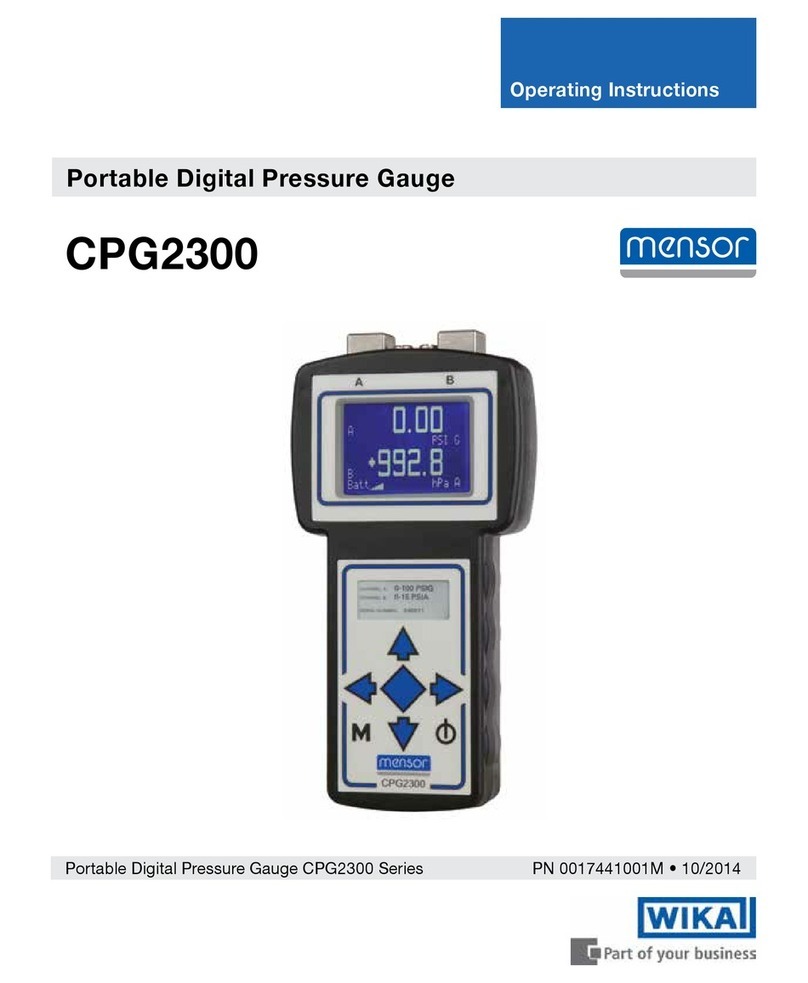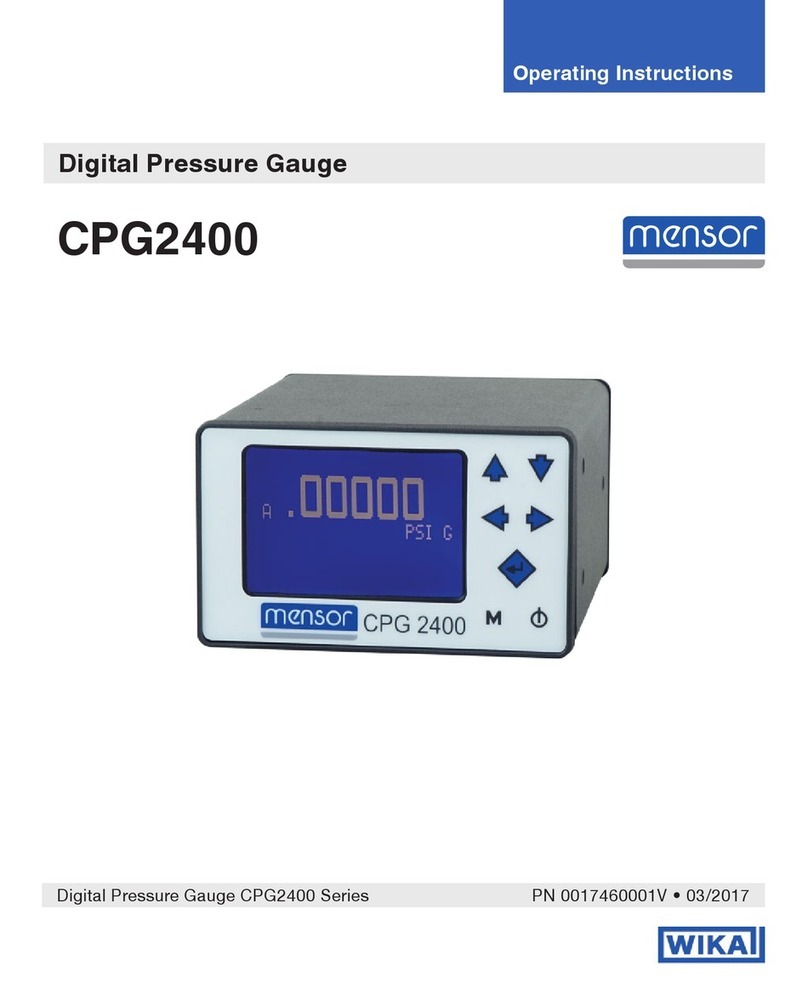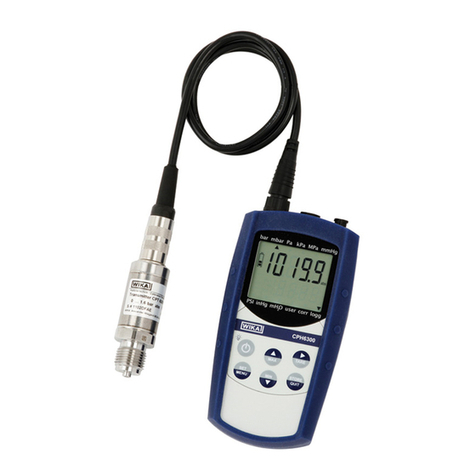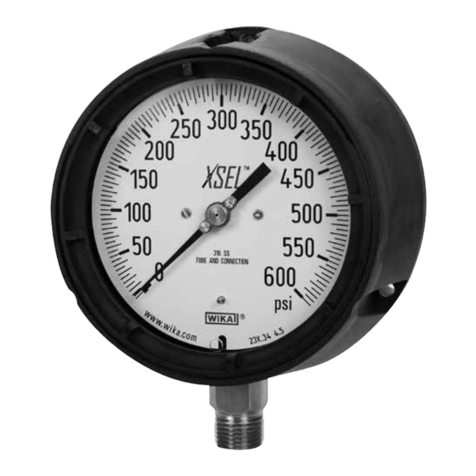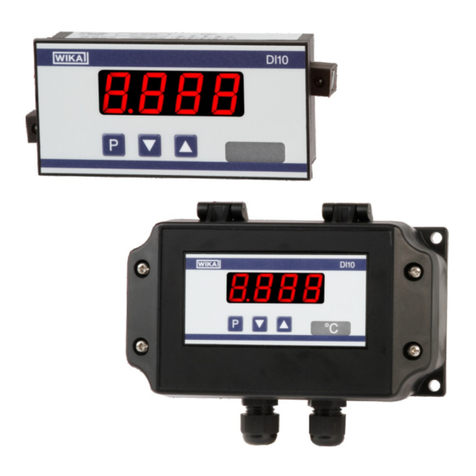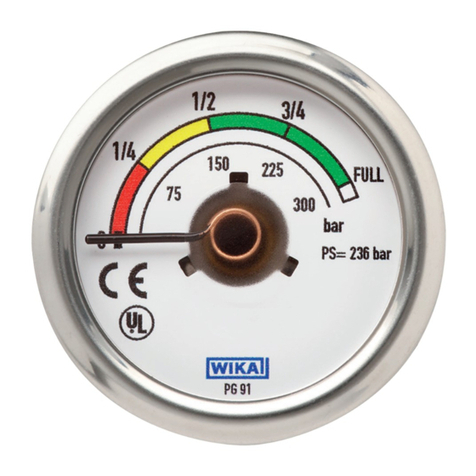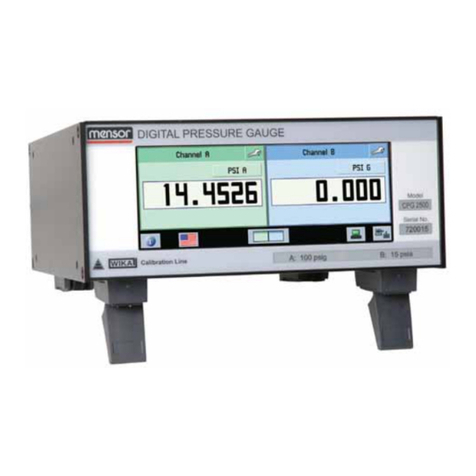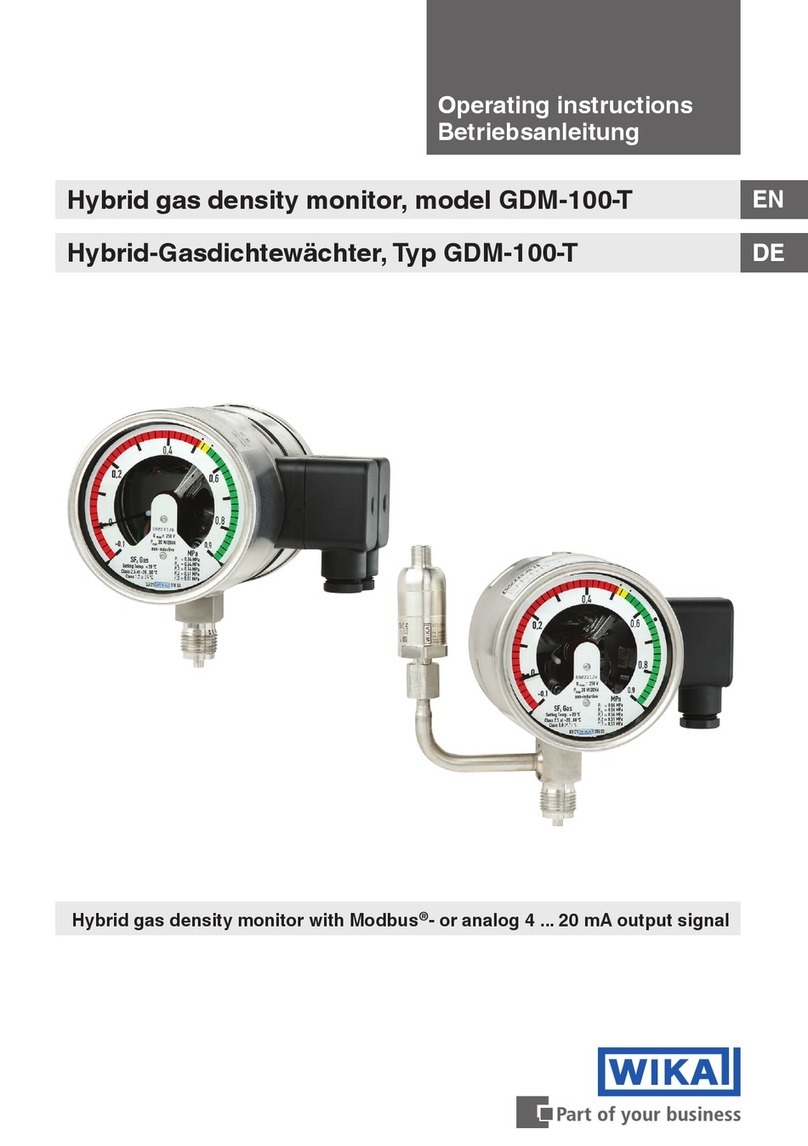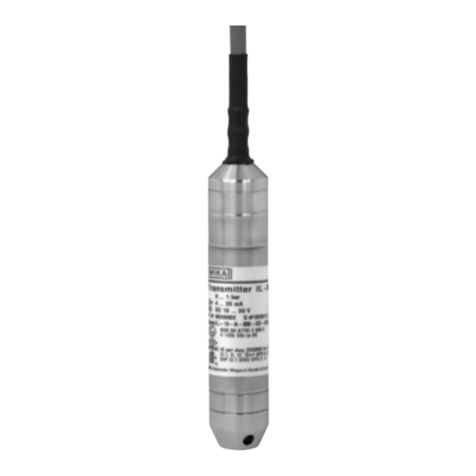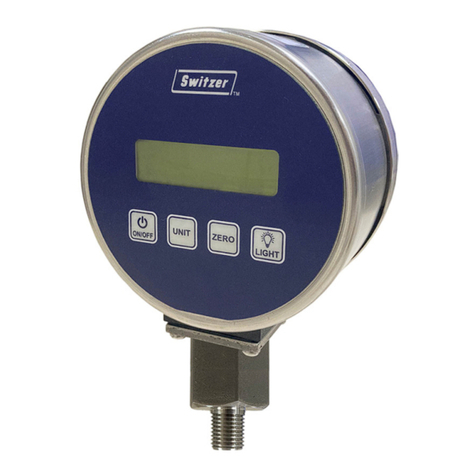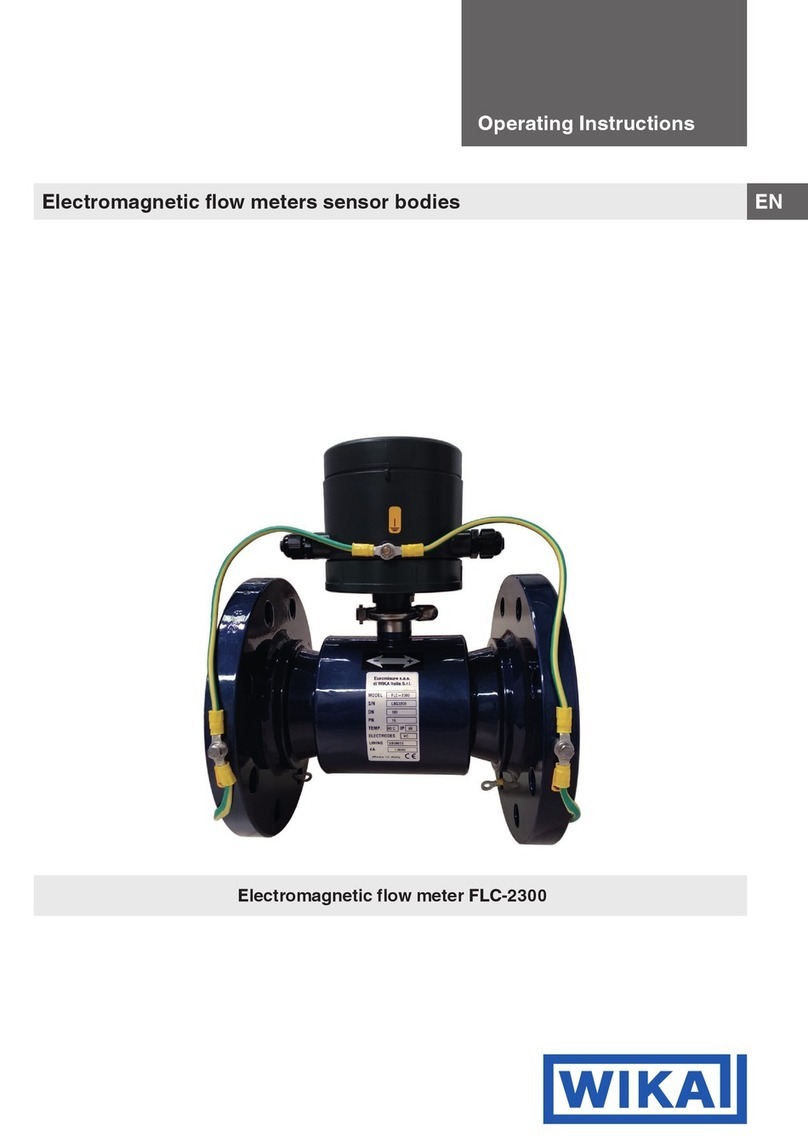WIKA 230.15 User manual
Other WIKA Measuring Instrument manuals
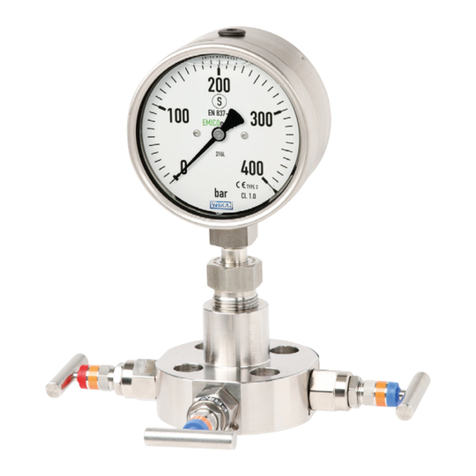
WIKA
WIKA 232.30.100 Operating instructions
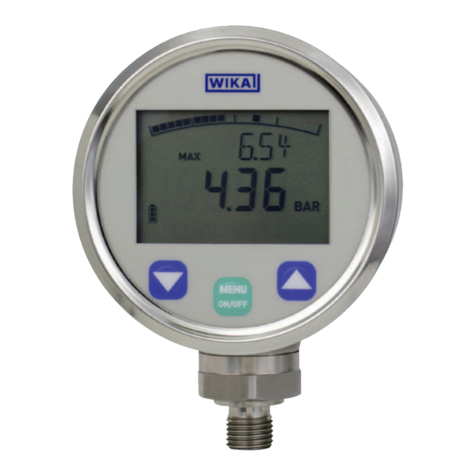
WIKA
WIKA DG-10 User manual
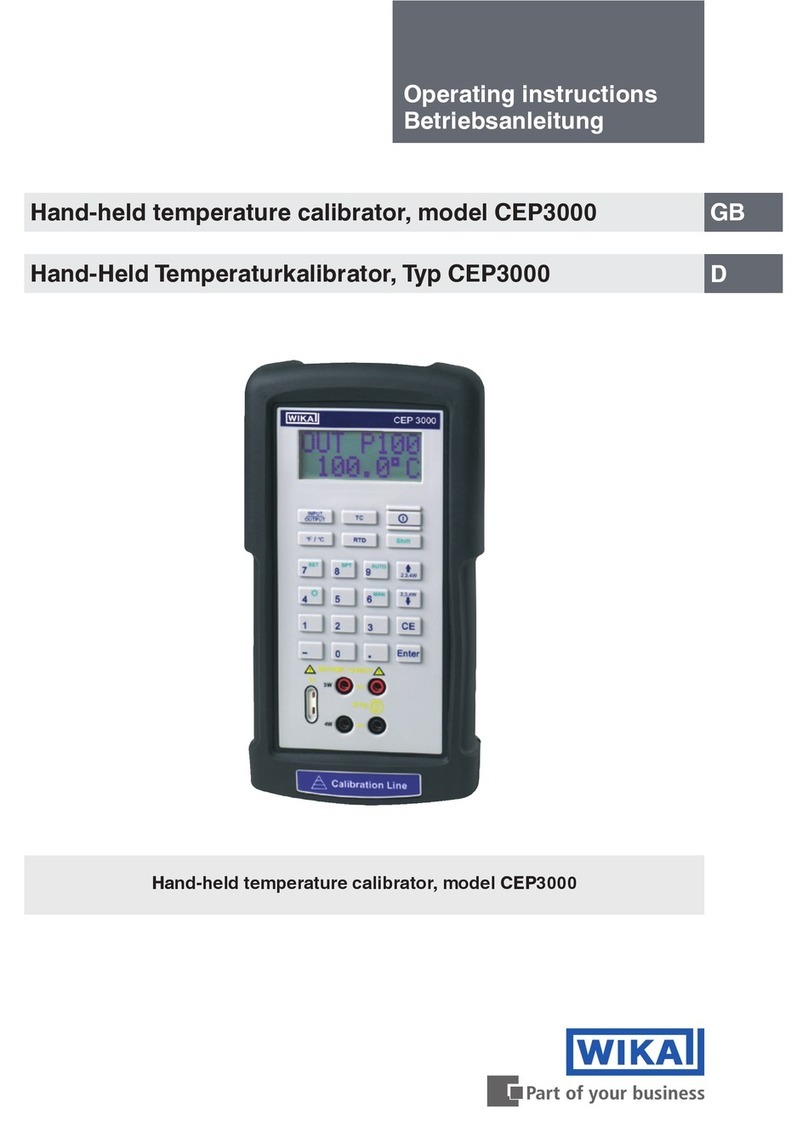
WIKA
WIKA CEP3000 User manual
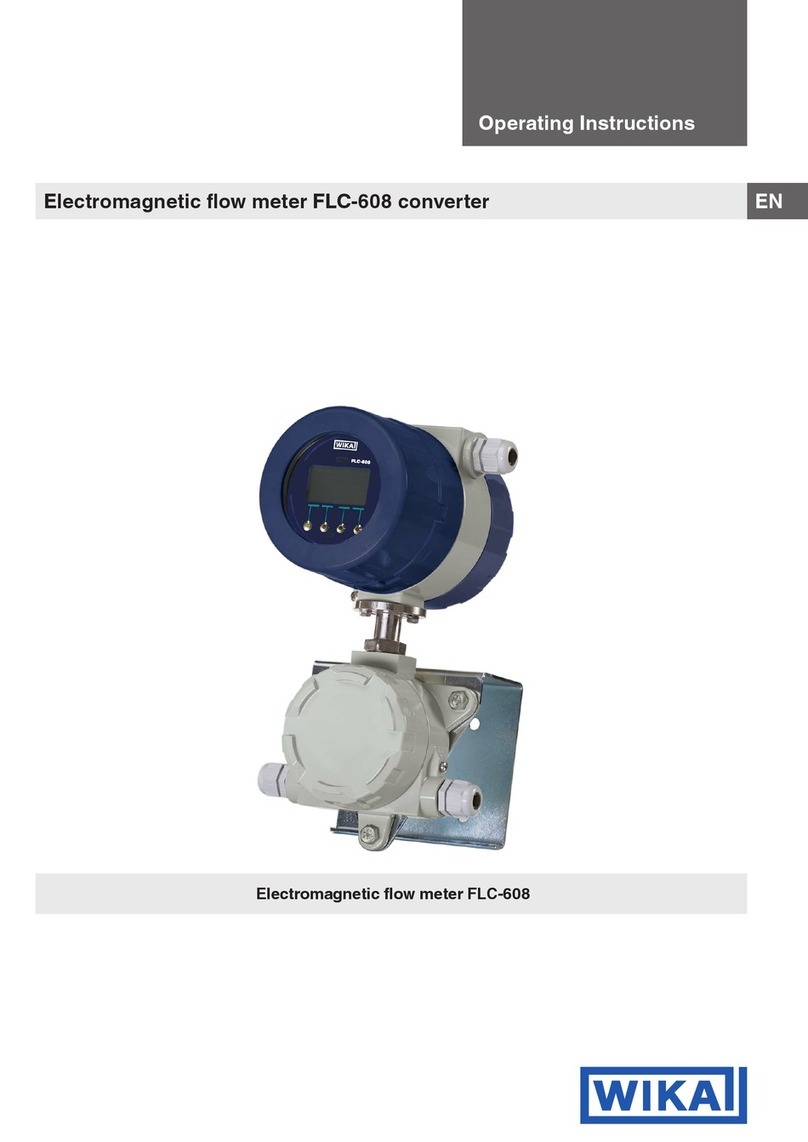
WIKA
WIKA FLC-608 User manual
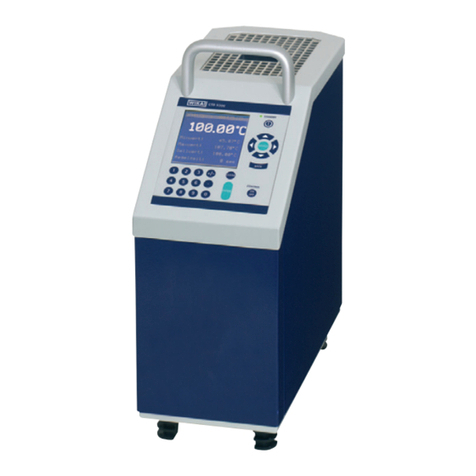
WIKA
WIKA CTD9300 Series User manual

WIKA
WIKA 55 Series Operating instructions
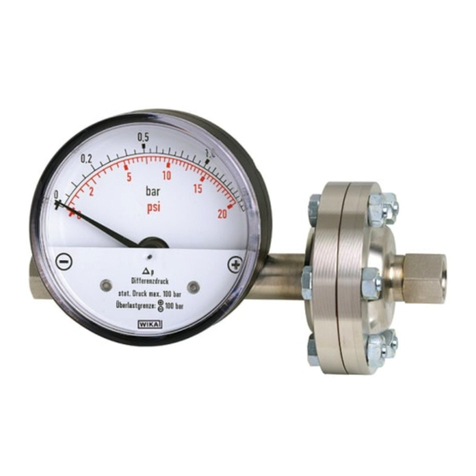
WIKA
WIKA 7000 Series User manual
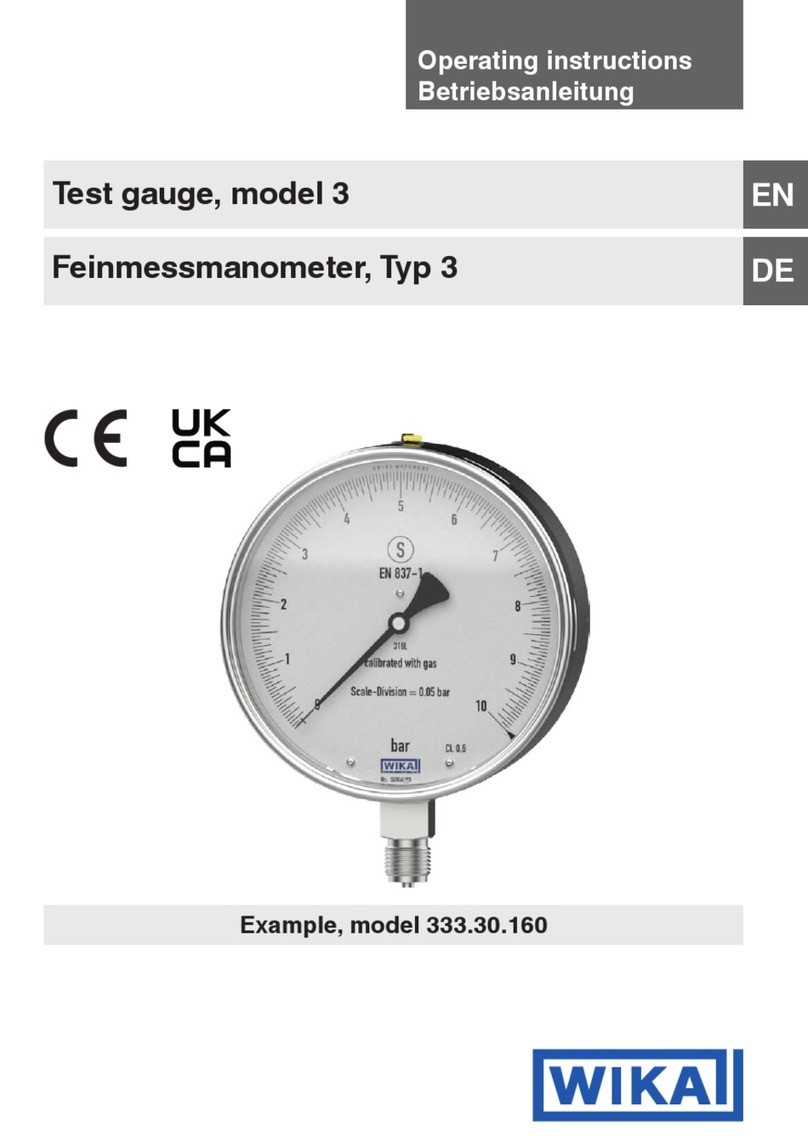
WIKA
WIKA 3 Series User manual
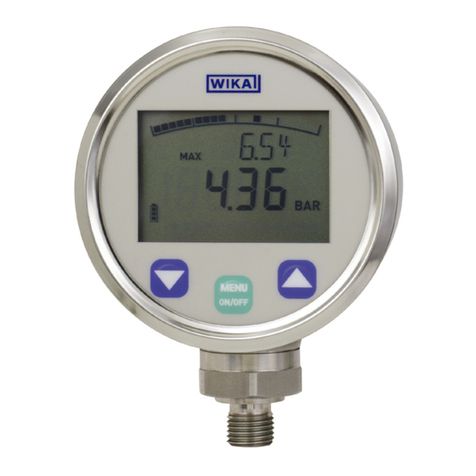
WIKA
WIKA DG-10-S User manual
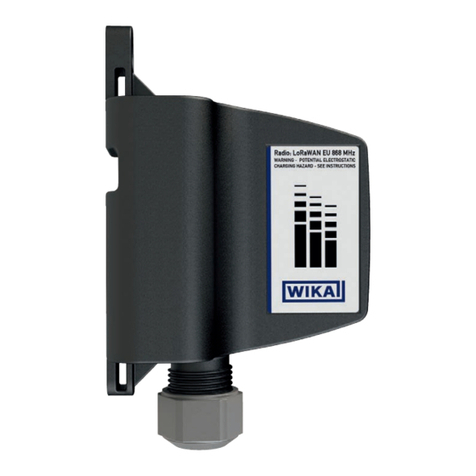
WIKA
WIKA NETRIS 3 User manual
Popular Measuring Instrument manuals by other brands

Powerfix Profi
Powerfix Profi 278296 Operation and safety notes

Test Equipment Depot
Test Equipment Depot GVT-427B user manual

Fieldpiece
Fieldpiece ACH Operator's manual

FLYSURFER
FLYSURFER VIRON3 user manual

GMW
GMW TG uni 1 operating manual

Downeaster
Downeaster Wind & Weather Medallion Series instruction manual

Hanna Instruments
Hanna Instruments HI96725C instruction manual

Nokeval
Nokeval KMR260 quick guide

HOKUYO AUTOMATIC
HOKUYO AUTOMATIC UBG-05LN instruction manual

Fluke
Fluke 96000 Series Operator's manual

Test Products International
Test Products International SP565 user manual

General Sleep
General Sleep Zmachine Insight+ DT-200 Service manual
